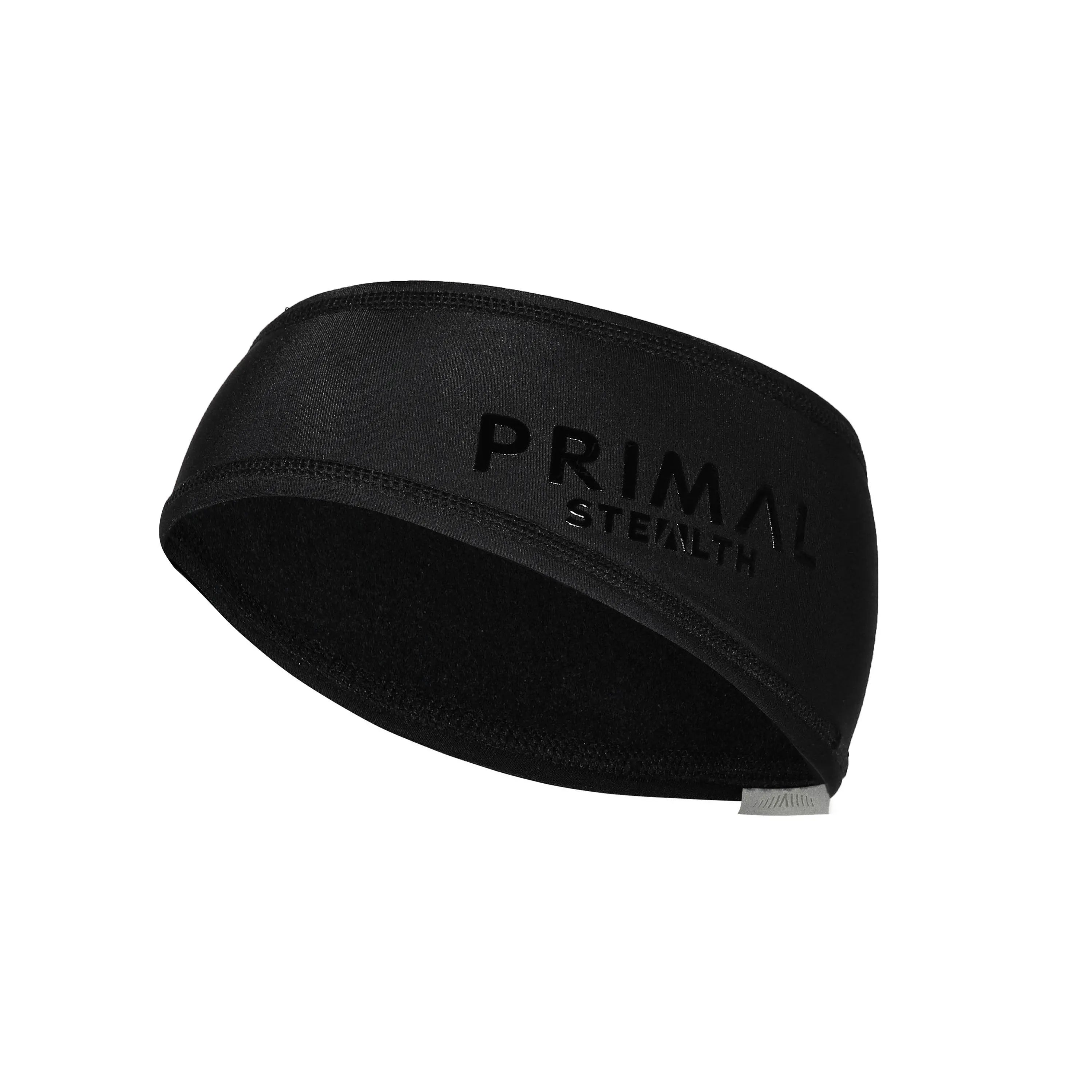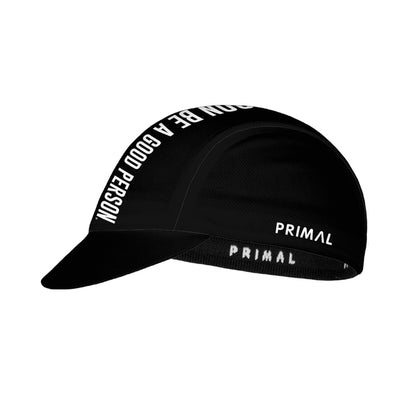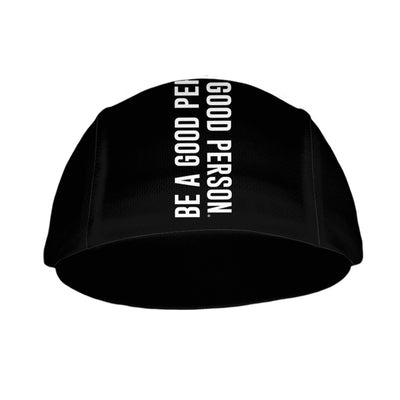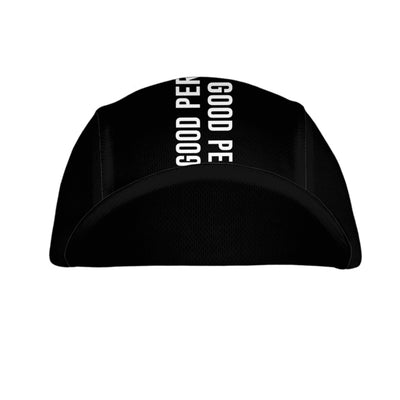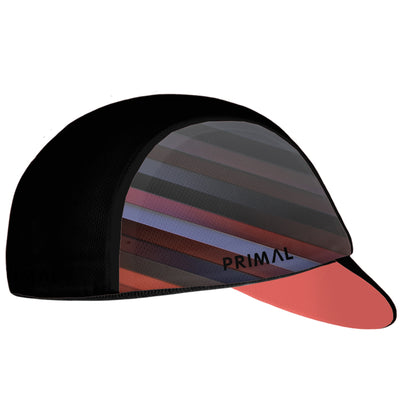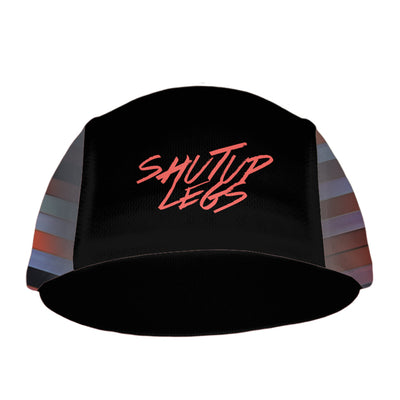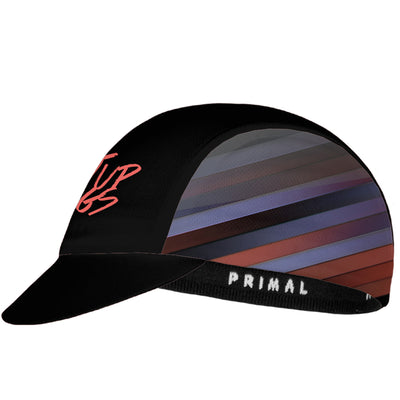Winter Weather Riding
Calling all winter warriors…
Layers, Layers, Layers
Start with a Base Layer
This isn't just a general term; a base layer is a specific garment that regulates temperature and wicks sweat. Its purpose is to keep your body temperature at the same level and prevent you from soaking through your winter wear. We recommend either a short sleeve or sleeveless base layer.
Mid-Layer
The middle layer is usually a personal preference. Many roads lead to the same place, and it's best to decide what to wear by testing a few things out. We have three essential starting points based on how you set your thermostat in your home or office. Choose your own adventure:
If you run cold and need that thermostat high, we suggest a heavy-weight jersey. This is a long sleeve jersey with a thermal backed fabric.
If you don't notice the thermostat, then we suggest a long-sleeve jersey. This garment is essentially the same as a regular cycling jersey with additional coverage for your arms. Plus, you get a few extra pockets for carrying stuff, giving you a bit more freedom than having multiple thermal layers.
If you run hot or need to change the thermostat often, we suggest just a cycling jersey and thermal arm warmers. This combo is perfect if you're on the go, plan on a sustained climb, or if you think conditions might change. You can take the arm warmers off as needed.

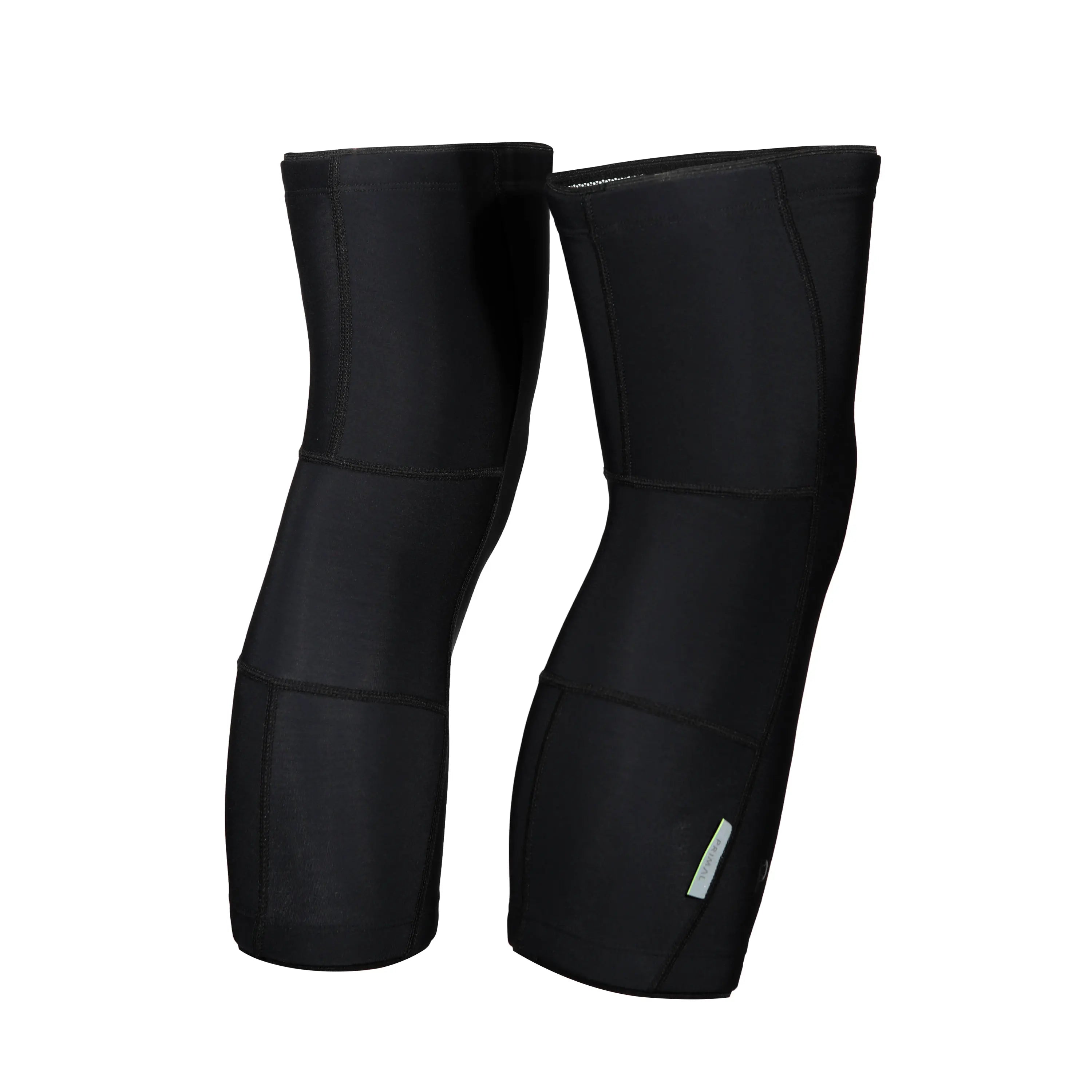
Bottoms
Bottoms
Everything else.
Sponsor Correct:
It's ok to wear your team kit outside of your winter gear if you need to be sponsor correct. If you did not opt for the thermal jacket this year, don't suffer in the cold for it. Just put that jersey or pair of bibs on the top layer instead of the bottom.
Hands
Balancing control with comfort is essential when selecting the right gloves for the condition. Heavier thermal gloves are a great starting point, and you can always keep a pair of mid-weight gloves in a pocket if it gets too hot. You want to make sure you have all the dexterity you need for breaking shifting, and of course, adjusting your Garmin. Throw in a couple of hand warmers, and you instantly amplify the ability of any gloves.
We recommend using handlebar covers or Bar Mitts if you plan on riding in winter weather for more than 3 hours regularly. These allow you to wear lighter weight gloves and give you better use of your digits.
Footwear:
Most cycling shoes are designed with airflow in mind. So unless you have winter cycling shoes, you start with a disadvantage—layer up with cycling-specific socks that wick sweat away. You do not want cotton in this situation. Tall socks made with polyester or wool blend are the best. Add on shoe covers with a thermal backing for more protection. The best option is to cover the entire foot, but if your feet run hot, you can get toe covers just to reduce the bite of the cold air.
Headwear:
We recommend a helmet liner, headband, or a lightweight skull cap that covers your ears.
